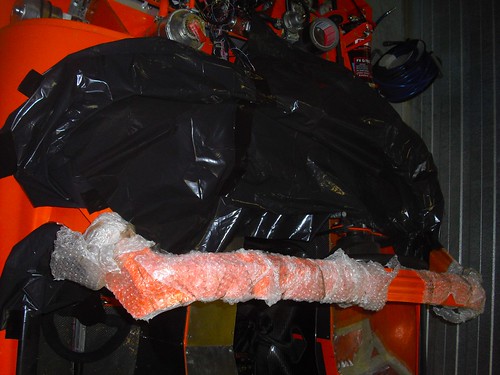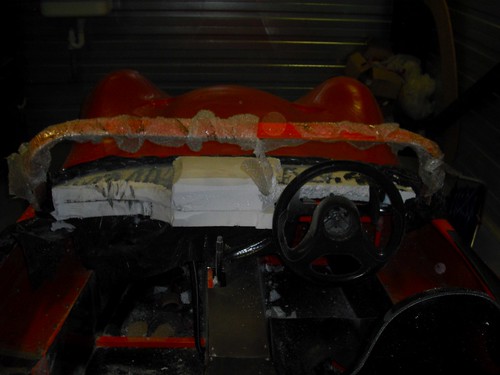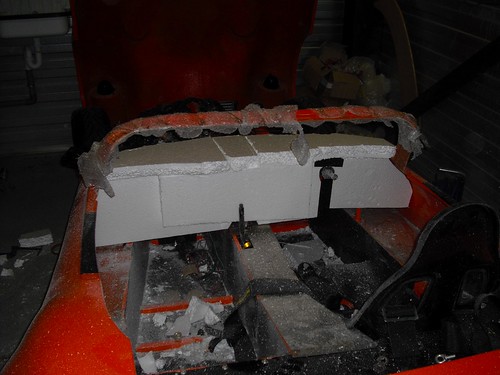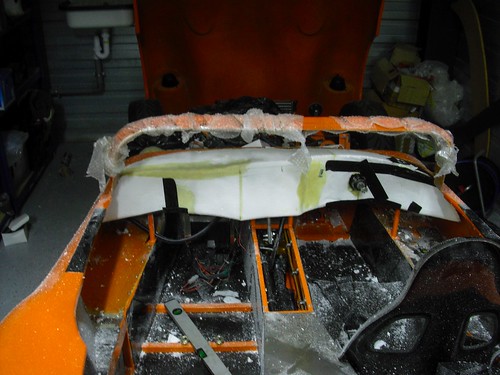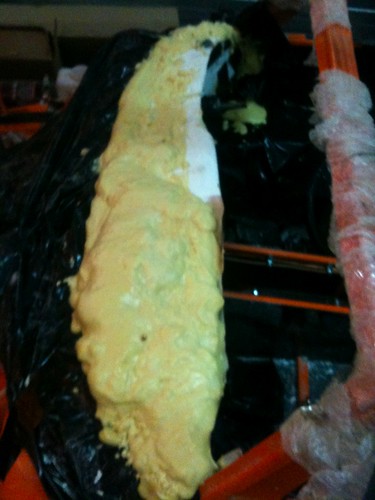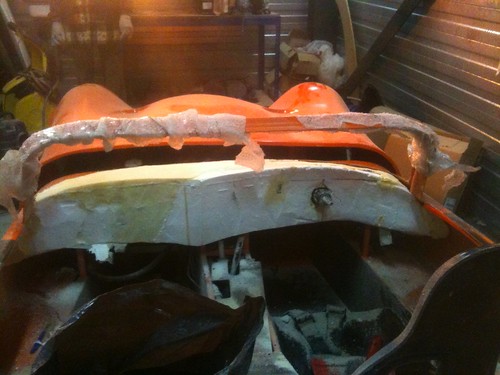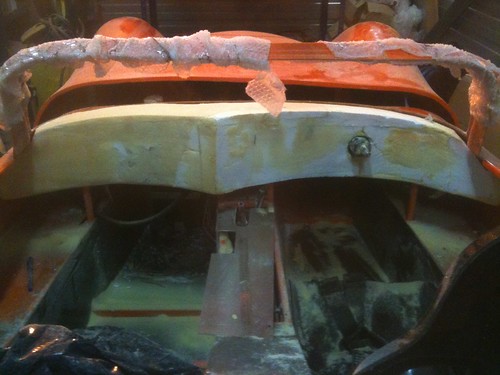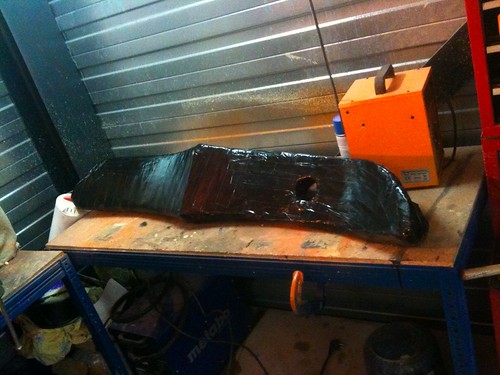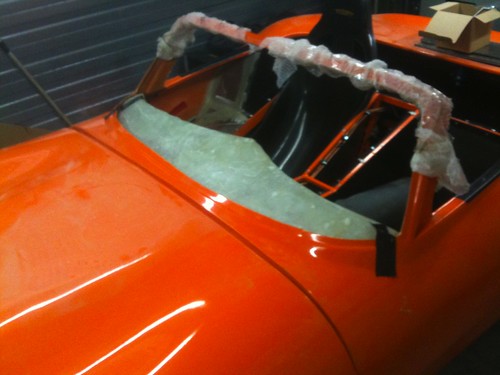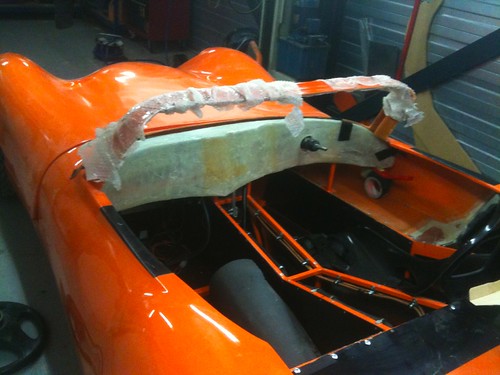So, to finish the car, I 'just' have to:Fit the windscreen wipers, and windscreen
Fit the gauges, switches, vents and dashboard (all part of the same job.)
Fit the rear lights
Make an under tray and flat floor.
Powder coat the rollover bar (Painting this has been a series of disasters.)
Wire the whole thingFill with oil and waterStart. Drive. Smile.
The windscreen and wipers will be the last thing I do, as it will restrict access to everything else once it is in there. Rear lights are on order, and im still deciding over the gauges and layout of the dash, so the logical thing to do now is the wiring. I'm going to make my own loom, although there are a few off-the-shelf options that are very appealing. Premier Wiring make a great Lucas based loom, Alan the chap who runs Premier Wiring will do more or less any length/combination of clips etc, but there are a few fundamental things that are suboptimal about the loom. Mainly the proportions aren't quite right for such a small. I always find i'm
cutting out things and faffing around to make it tidy. For the money though, the quality is outstanding and its very well made.
Stafford Vehicle Components also do a 'Rapidfit' Loom and some others, these are more expensive versions of the Premier wiring loom, and whilst these look well made, ultimately are not going to be quite what I want, especially as I'm aiming to save weight, and have some specific requirements for lighting and accessories such as camera/intercom etc which all must be powered and require non-12v feeds.
The front of the loom will be supported by a tray underneath the dashboard, this will keep everything tidy. Instead of fuses I will be using circuit breakers, I hate fuses, they have a really annoying habit of blowing when i've run out, and I find them generally fiddly. Circuit breakers work pretty much instantly, which is also a good thing, but can also be reset easily and give a clear indication that they have tripped which makes fault finding simpler. Where possible I shall use Lucas color codes.
The main power control is via an FIA master switch close to the battery, this feeds the ignition key which is the main on/off switch for the car. I will fit this after IVA.
The IVA requires that the side (Parking) lights can be on with the ignition off. In order to remove any ambiguity over what qualifies for the Ignition, I shall remove the FIA master switch for IVA. Some cars disable the headlights when the ignition is off leaving just the sidelights on even if the dipped headlights are still switched on. This is handy as it means you are less likely to run the battery flat if you leave your lights on, but the simplest way is simply to wire all lights via permenant live.
I am using toggle switches for primary light control, these are rated to at last 24 Amps at 12V, this means I can power the lights directly from the switch. However I'm using a momentary on push button and a bistable latching relay to control dip/main beams. This enables me to have a button on or near the steering wheel so that I can dip the lights quickly when driving at pace without moving my hands from the steering wheel.
The push button will also flash the main beams if the lights are not switched on. There is no requirement in the IVA for this, however it is my personal preference.
I'm doubtful if the generator on the bike engine will be able to cope with driving lamps, however I will wire these in regardless. (I want to avoid splicing circuits at a later stage.) This will be done through an off/on/on toggle switch. When set to off, the driving lights will remain off regardless. When set to position 1, the lights will illuminate with main beams. When set to position 2, the lights will light when the dipped and main beams are on. The load from these lights in combination with the headlights may be too much for a toggle switch, so I shall wire these through a separate r
elay.
The IVA states that the fog light must come on when selected and when the dipped or main beams are on, it is wired through the main lighting circuit, there is no need for a relay for this.
Brake and reverse lights are wired via the ignition switch.
I'm using a lower power, constant rate flasher unit, this has a feed from the permanent live, and goes to the indicator control box, which i've designed to use single push buttons on the wheel. the control box also controls the hazard waring lamps, which must work with the ignition off.
There are separate circuits for comms/cameras, auxiliary devices (both perm and ign live) dashboard electronics including heater/fan, windscreen wipers, and the engine.
The engine loom is completely seperate with 7 wires going back to the main loom for fuel pump (switched live.) fan, (Switched earth), Permanent Live, Ignition Live, Run, and Start (Switched Earth)

